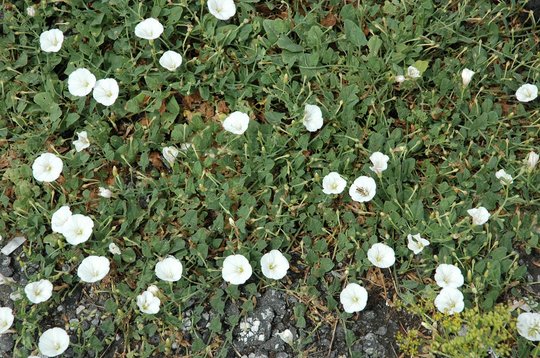No matter the weather, weeds seem to thrive and reproduce, and if left unchecked, they can overwhelm the garden and gardener. These unwanted plants find their way into your garden as seeds, roots, rhizomes, or whole plants. Seeds can be carried in by the wind, birds, and other animals, or on the soles of shoes.
Roots, rhizomes, and even plants hitch a ride in the soil or with plants that we move into the garden. Start early managing weeds in your garden. Smaller weeds are easier to pull and removing them before they flower and form seeds can prevent hundreds of weeds in next year’s landscape.

This is not always possible. Weather and busy schedules often limit gardening time, allowing these vigorous plants to overtake the garden. It is never too late and worth investing time in managing weeds in the garden.
Weeds are adaptable and vigorous, outcompeting your desirable plants for water and nutrients. Many serve as host plants for insect pests and diseases that may also attack your garden plants. Carefully dig or pull weeds, removing the top and roots.
Established weeds may have a deep tap root or extensive root system that may be difficult to remove. Depending on the weed, any part left behind has the potential to start a new plant. Find the tool that best works for you.
A Dutch or action hoe works well on small weeds where there is space between plants. Glide the cutting edge just below the soil surface to cut the roots. Many gardeners find a weed knife to be a useful tool.
.
















